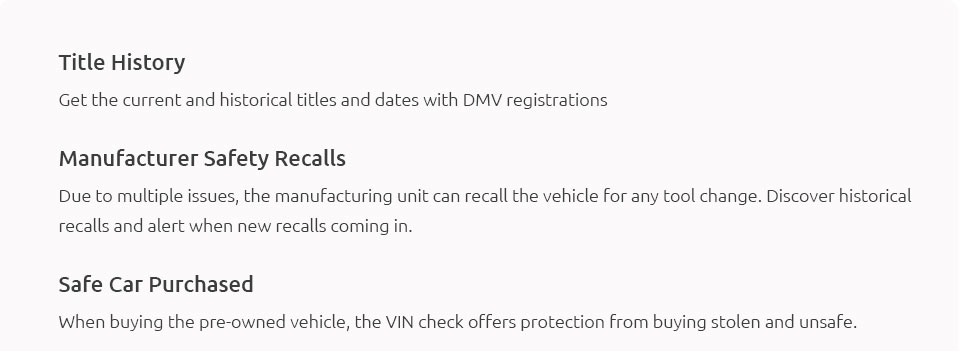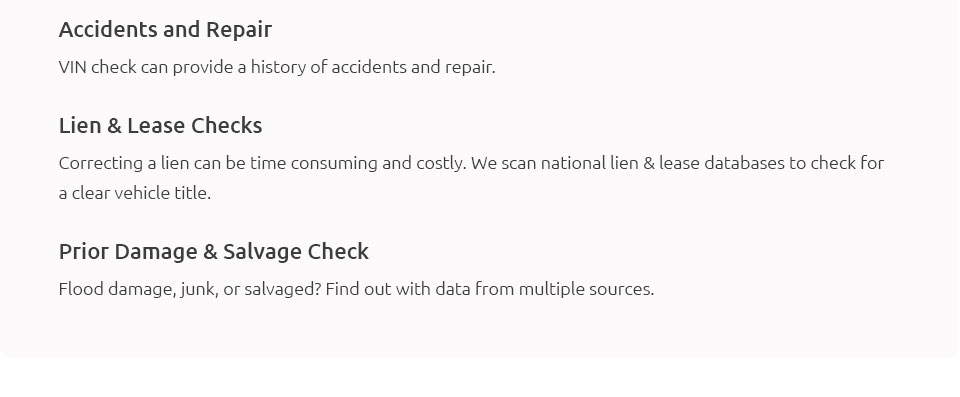 |
 |
 |
||
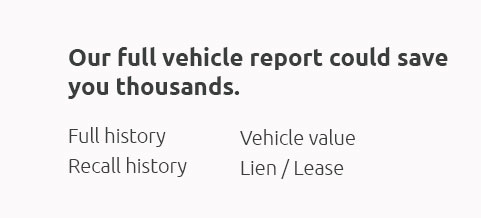 |
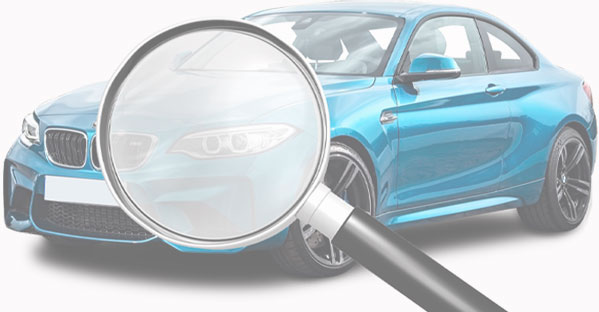 |
|
 |
||
 |
 |
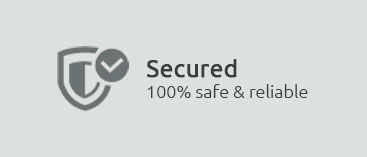 |
 |
||
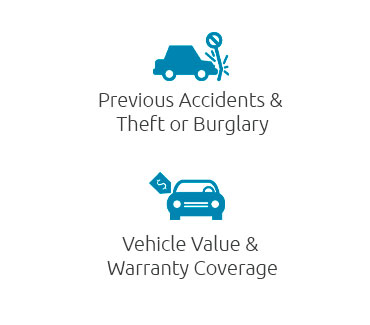 |
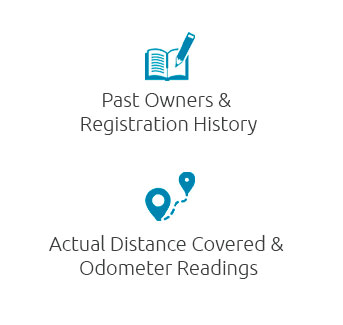 |
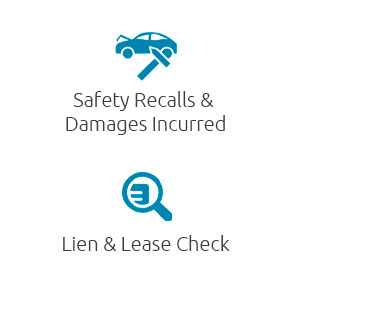 |
 |
 |
||||
|
||||
 |
California Stolen Vehicle Check: A Complete Beginner’s GuideIn the sprawling, sun-drenched state of California, where freeways weave through bustling cities and scenic coastlines alike, the necessity of understanding the intricacies of a stolen vehicle check cannot be overstated. This guide serves as a comprehensive introduction to navigating this essential process, enabling even the most uninformed newcomer to make astute decisions with confidence. When we speak of a stolen vehicle check, we are referring to a crucial service that assists both prospective car buyers and current vehicle owners in verifying the legitimacy of a vehicle's status. California, renowned for its diverse automotive landscape, is no stranger to the intricacies of vehicle transactions. Thus, the importance of conducting a thorough check cannot be underestimated. But why is this process so critical? The answer lies in the unfortunate prevalence of vehicle theft and fraud. In a state as vast and populous as California, the risk of encountering a stolen vehicle is tangible. The California Department of Motor Vehicles (DMV) and law enforcement agencies offer resources to mitigate this risk, providing databases and tools to check the status of a vehicle's title and registration history. This service is not just a recommendation; it is a safeguard against potential financial and legal pitfalls. So, how does one perform a stolen vehicle check in California? The process is surprisingly straightforward, yet demands attention to detail. First, it is imperative to gather essential information about the vehicle in question. This includes the Vehicle Identification Number (VIN), which is unique to each automobile and serves as its fingerprint. With the VIN in hand, one can access online databases maintained by the DMV or utilize services such as the National Insurance Crime Bureau (NICB) to ascertain the vehicle's status.
By following these steps, individuals can protect themselves from the myriad risks associated with purchasing or owning a stolen vehicle. It is worth noting that while this process provides significant insights, it is not infallible. Therefore, exercising due diligence and maintaining a healthy skepticism during any vehicle transaction is advised. After all, in a state as vibrant and varied as California, being well-informed is not just beneficial; it is essential. In conclusion, the California stolen vehicle check is an invaluable tool in the arsenal of any responsible vehicle owner or buyer. By understanding and utilizing the resources available, one can navigate the often-turbulent waters of vehicle ownership with assurance and peace of mind. Whether you are a seasoned automotive enthusiast or a first-time buyer, this guide serves as your beacon, illuminating the path to informed and secure vehicle transactions. https://www.vinaudit.com/police-stolen-vehicle-database
The Colorado Bureau of Investigation has a Motor Vehicle Verification System that can be used to verify if a vehicle is currently reported stolen in the state. http://www.stolencar.com/report/Search
The Nation's Neighborhood Watch for Stolen Vehicles helps victims of auto theft get their vehicles back. https://www.chp.ca.gov/notify-chp/auto-theft
CAL-HEAT establishes a toll-free hotline number for reporting vehicle theft. Calls are handled by the Fresno Communications Center.
|

